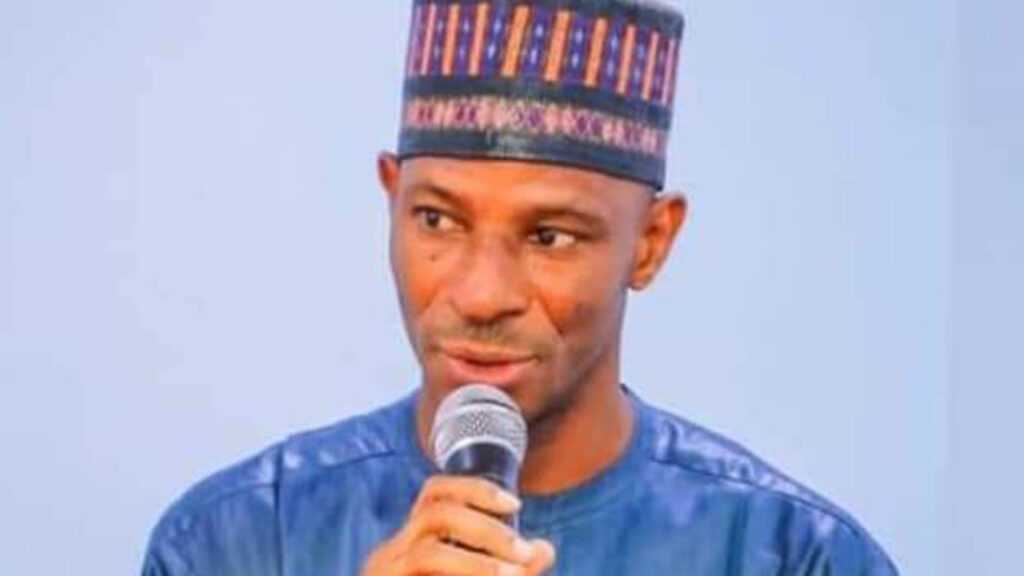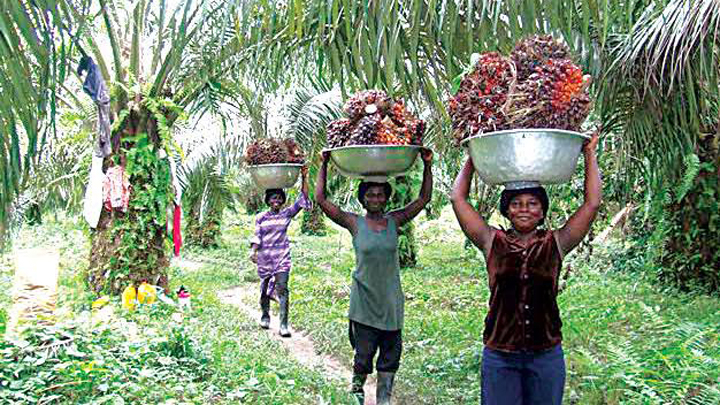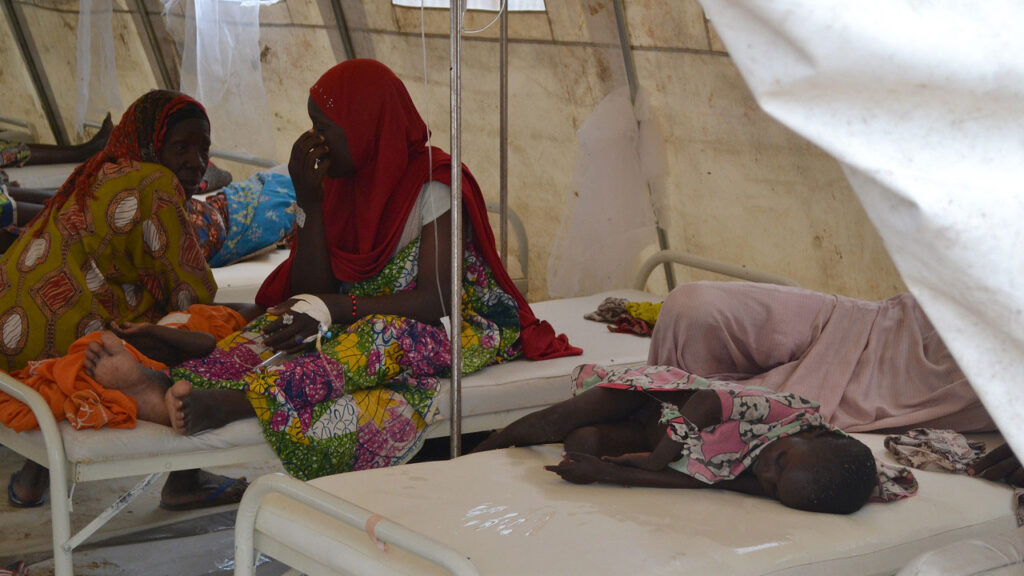
If Nigeria’s experience on devastation caused by flooding last year is anything to go by, the recent warning by the Director-General of the National Emergency Management Agency (NEMA), Mustapha Ahmed, about projected severe flooding this year should not be toyed with. The warning, which arose from predictions from relevant agencies, should be taken as the first line of action needed to avert impending disaster.
Ahmed reportedly made the disclosure at a two-day Experts’ Technical Meeting on 2023 Climate-Related Disaster Preparedness and Mitigation Strategies in Abuja where he said that this had earlier been revealed in the seasonal climate predictions and annual flood outlooks by the Nigerian Meteorological Agency (NiMET) and the Nigeria Hydrological Services Agency (NIHSA).
He observed that, “the flood disaster in 2022 was an eye-opener, which is why the agency would spread early warning messages to states and local government areas and the Federal Capital Territory. As the agency has always done, Ahmed advised that those living around water channels and floodplains should take precautions. In the same vein, the Director-General of Nigeria Hydrological Services Agency, Clement Nze, disclosed that 178 LGAs in 32 states and the FCT had been predicted to experience severe flooding in 2023.
It is important to note however that early warning has never been the main problem of flooding in the country, but absence of practical, proactive measures to follow up. For instance, many people caught in the flooding had early notice but no capacity to relocate. While government has always asked potential victims to move, it has hardly made provisions, adequate or not, to provide new and safe haven for them. Thus they watch their houses, if not their lives, destroyed by an occurrence they knew would happen.
Nze no doubt had this situation in mind when he declared that: “This time, we came out early with this prediction and we expect that relevant actors, governments, and individuals will go to work. We expect that actions should be taken, especially at the sub-national levels, early enough, to mitigate the impact of flooding in the country.”
Last year, according to reports, about 603 people died; more than 1.3 million were displaced, while over 108,393 hectares of farmlands were destroyed across the country. Some flood-affected states include: Bayelsa, Rivers, Delta, Edo, Lagos, Kano, Adamawa, Jigawa, Benue, and Borno. The flood is believed to be the worst that Nigeria has experienced in decades, as it created huge humanitarian crises and compounded economic challenges in the affected areas.
Some communities were inaccessible and cut off from goods and services; and commuters along major road were left stranded. In Bayelsa alone, seven of the eight local government areas in the state were submerged in water, 300 communities and villages totally or partially submerged in water, 700,000 persons displaced or affected, thus creating economic and human security crises.
Given that the rainy season is bound to generate seasonal flooding in many parts of the country, it is necessary for government and the people to take proactive measures to prevent loss of lives and property, damage to crucial infrastructure, disruption of socio-economic activities and even displacement of people in flooded areas. About 32 states are predicted to be prone to this year’s flooding. Some states would experience flash floods as the rains intensify, thereby increasing the number of people who might be vulnerable to the devastating floods. Large-scale urbanisation and population growth in flood-prone areas exacerbates flooding.
Every year, floods destroy billions of naira worth of valuable property and many lives are lost. Incidents of building collapse also tend to rise. The devastating floods that submerged as many as 24 states in 2013, especially, within the Niger-Benue river catchment area destroyed farmlands and displaced millions of people. Many of the victim-states were caught unawares.
Effective natural disaster management therefore requires not only early warning signals for impact mitigation; Evacuation of people living in the danger zones is one sure way to save lives. Although, NIHSA did not give precise dates for the flooding, from experience, flooding in Nigeria occurs at the peak of the rainy season in June and September.
The first peak occurs in July, while the next peak is in September after the August break. Usually, there is an overflow of the Niger-Benue River basins and other sub-basins, with flooding in the adjoining states. Flash floods usually occur in some urban centres like Lagos, Port Harcourt, Sokoto, Ibadan, Kaduna, Yola, Maiduguri, Makurdi and Hadejia due to poor drainage systems. Flooding usually occurs in Nigeria from a combination of heavy downpour, ocean surge or the release of water from the Lagbo Dam in northern Cameroun. Each year, coastal communities and those on flood plains, especially, on the Niger/Benue trough bear the pains.
Following the disaster of 2013, there was an agreement between Cameroun and Nigeria, which required Cameroun to give early warning notice to enable Nigeria put in place proactive measures to prevent destruction of lives and properties. Regrettably, since the last flood cases, few states have taken any measure to checkmate flood disasters. And not even the Federal Government has done much in that regard. There is need to designate camps for those who may be displaced by floods. Only Bayelsa State had taken proactive measures in this regard.
Recent downpours, which submerged Lekki Residential Areas Phases One and Two in Lagos, point to difficult times ahead, except appropriate protective dykes and embankments are erected to shield the areas from the ravages of the Atlantic Ocean. The Lagos State Government had appropriately earmarked N36 billion to tackle the menace of ocean surge by building 18 groynes (sea breakers), at intervals of 40 meters between Goshen Estate and Alpha Beach.
State authorities along the Atlantic coastline should take cue from Lagos State. The same measures should be extended inland by states bordering the Rivers Niger/Benue system while the Federal Government should collaborate with the states accordingly.
There should also be public enlightenment at the community levels, to educate the public on the dangers ahead and how to prevent it. Traditional rulers, council chairmen, community and youth leaders should work together to educate the people in their domain. They should ensure that blocked drainage channels are cleared. Ignoring this flood warning, or treating it with levity, is bound to occasion unpleasant consequences on communities.












